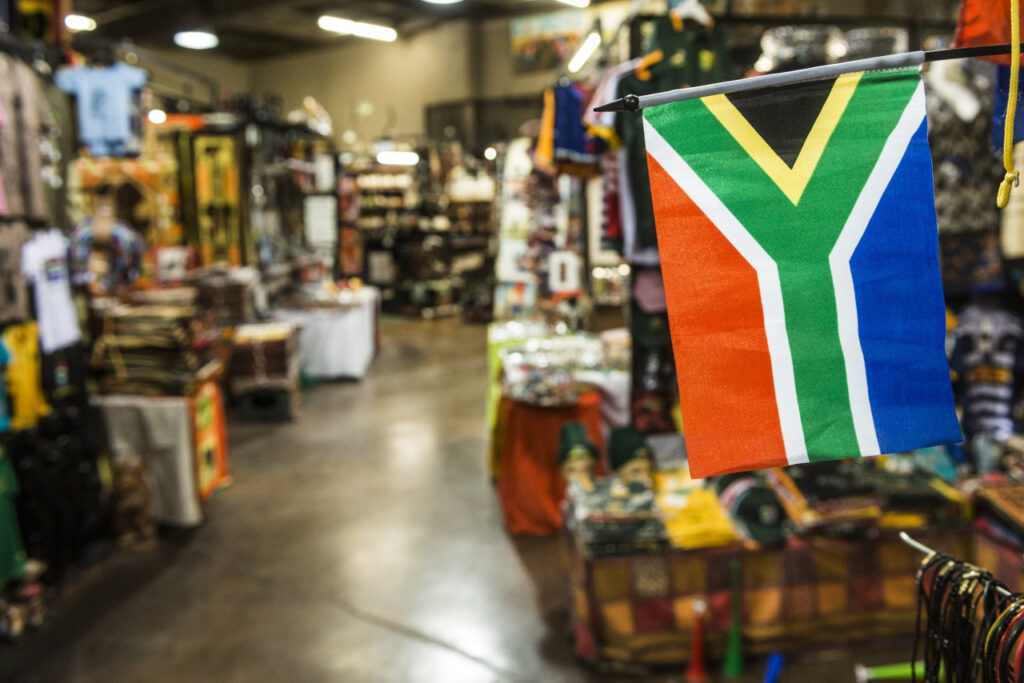- GDP grew 0.6% quarter-on-quarter in period through June
- Outlook still dimmed by power blackouts, high interest rates
South Africa’s economy grew faster than expected as agriculture and manufacturing industries helped lift activity.
Gross domestic product expanded 0.6% in the three months through June compared with growth of 0.4% in the prior quarter, Statistics South Africa said in a report released in the capital, Pretoria, on Tuesday. That’s more than the central bank’s forecast of 0.4% growth and the 0.3% median estimate of 15 economists in a Bloomberg survey. Economic output increased 1.6% from a year earlier.
Still, without the frequent power outages caused by Eskom Holdings SOC Ltd.’s inability to meet demand from its old and poorly maintained plants, and logistic constraints at state-owned port and rail operator Transnet SOC Ltd., the economy would be growing at a faster pace.
The Reserve Bank predicts electricity rationing will shave 2 percentage points off economic growth this year and a study by consultancy GAIN Group forecasts inefficiencies at Transnet will cost the economy 353 billion rand ($18.4 billion), equivalent to 4.9% of GDP.
That means that economic growth for 2023 could have been much higher, the consultancy said in the report. The central bank expects the economy to expand 0.4% this year and the International Monetary Fund 0.3%.
“The nearly 5% GDP loss is catastrophic and could have been even worse at higher commodity prices,” GAIN Group said.
The scaled-back growth is affecting National Treasury’s revenue projections and budget deficit forecasts.
Fixed-investment spending rose 3.9% from the previous quarter.
Household spending, which comprises about two-thirds of GDP, declined 0.3% in the second quarter. It’s likely to face further pressure because or rising gasoline prices and high interest rates that are at a level last seen 14 years ago during the global financial crisis.
© Bloomberg
